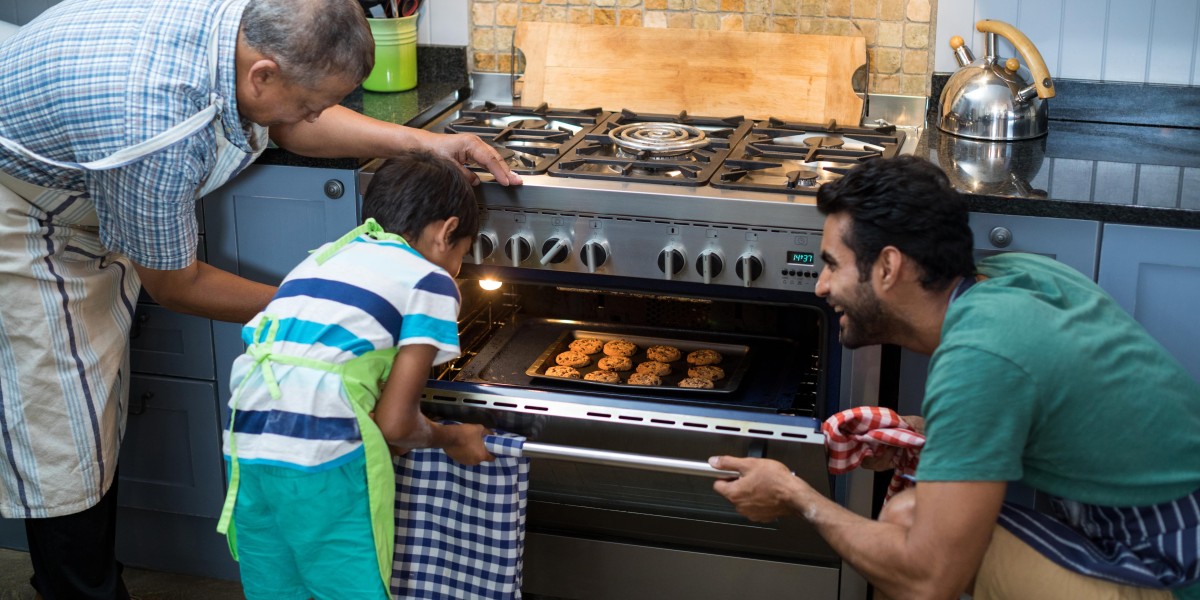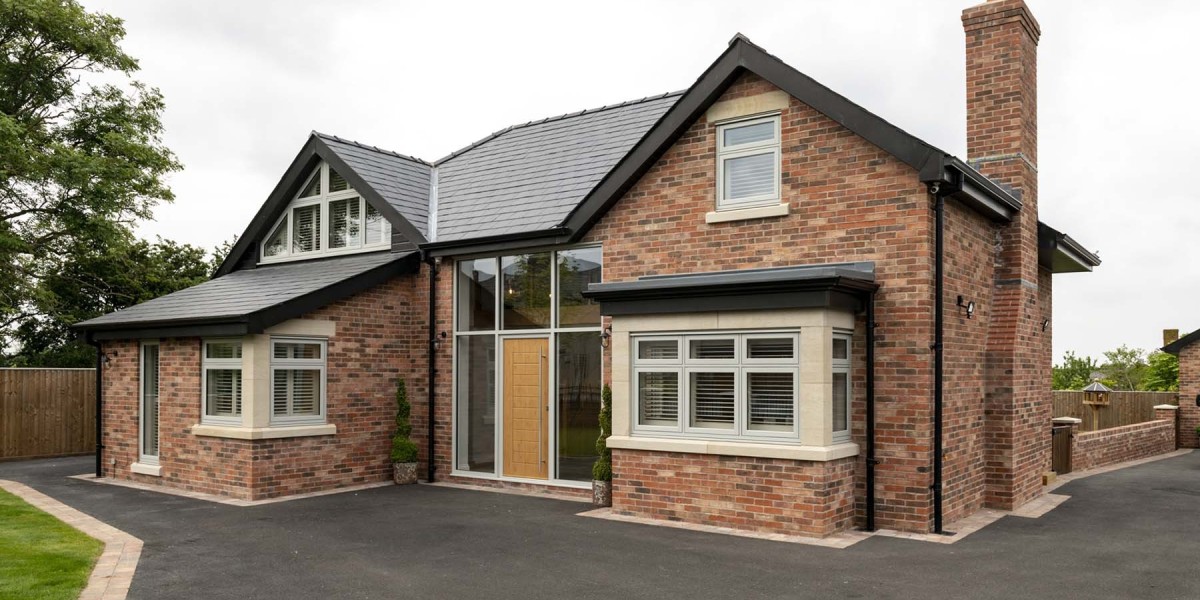The Ultimate Guide to Built-in Ovens: Enhancing Your Kitchen Experience
Built-in ovens have actually become a popular option in modern-day cooking areas, providing a blend of performance, style, and benefit. Unlike standard freestanding ovens, built-in ovens are integrated effortlessly into cabinets, supplying a streamlined look that can boost the visual appeal of any kitchen. This short article checks out the different types of built-in ovens, their advantages, setup considerations, and maintenance ideas.
Comprehending Built-in Ovens
Built-in ovens are designed to be installed straight into kitchen cabinets, allowing for a more personalized kitchen setup. They typically come in two primary types: single and double ovens.
Kinds Of Built-in Ovens
Single Ovens: These systems provide one cooking compartment, ideal for smaller cooking areas or homes where cooking needs are modest.
Double Ovens: As the name suggests, these systems feature 2 separate cooking compartments, allowing users to prepare several dishes at different temperatures at the same time. This is particularly helpful for large households or those who frequently entertain visitors.
Steam Ovens: These ovens cook food utilizing steam, which can help maintain moisture and nutrients. Steam ovens are acquiring appeal due to their health benefits.
Mix Ovens: These versatile appliances integrate the functions of a regular oven and a microwave, making them perfect for quick cooking and reheating.
Secret Features to Look For
When thinking about a built-in oven, there are a number of functions that can improve your cooking experience:
Smart Technology: Many modern-day built-in ovens come geared up with wise innovation, enabling users to control their oven remotely by means of smart device apps. Functions consist of pre-heating the oven, adjusting cooking times, and keeping track of cooking progress.
Self-Cleaning Functions: Built-in ovens with self-cleaning abilities can save effort and time in kitchen upkeep.
Convection Heating: This function distributes hot air for even cooking, making it ideal for baking.
Safety Features: Look for models equipped with features like cool-to-the-touch oven doors and automated shut-off options for ovensandhobs added security.
Benefits of Built-in Ovens
Aesthetic Appeal: Built-in ovens supply a streamlined and modern-day look that can improve the general style of a kitchen. They can be included into cabinets, making them less invasive than freestanding designs.
Space Efficiency: Built-in ovens optimize kitchen area, particularly in smaller cooking areas where every inch counts. They can be put at eye level, making it simpler to monitor cooking without flexing down.
Boosted Functionality: With their advanced features, built-in ovens use enhanced cooking experiences and increased functionality compared to conventional ovens.
Setup Considerations
Setting up a Beko 99L Built-In Double Oven - Stainless Steel oven requires mindful planning and consideration. Here are some bottom lines to bear in mind:
Space Requirements: Ensure that the selected oven fits snugly into the readily available cabinet area. Measure the measurements accurately, representing ventilation and clearance requirements.
Electrical Requirements: Built-in ovens normally need a devoted electrical circuit. Talk to an electrical expert for proper installation.
Ventilation: Proper ventilation is essential for ideal oven performance. Verify that the installation location has sufficient ventilation to avoid getting too hot and guarantee safe operation.
Professional Installation: While DIY setup might seem tempting, enlisting the assistance of a professional can ensure that the oven is set up correctly and securely.
Installation Steps
| Setup Step | Description |
|---|---|
| Action 1: Measure | Step the cabinet opening for your oven. |
| Action 2: Prepare | Prepare the intergrated electric oven outlet and ventilation options. |
| Step 3: Connect | Connect the oven to power, making sure all security steps are complied with. |
| Step 4: Secure | Secure the oven within the kitchen cabinetry, using appropriate screws and brackets. |
| Step 5: Test | Run a test to guarantee the oven is functioning effectively. |
Upkeep Tips
Regular upkeep can extend the life of your built-in oven and ensure ideal performance. Here are some upkeep tips:
Clean Regularly: Wipe down the oven outside and clean the interior routinely. Usage self-cleaning functions where offered.
Check Seals: Ensure that door seals are undamaged to preserve performance and cooking efficiency.
Display Performance: Pay attention to how your Russell Hobbs 60cm Stainless Steel Electric Oven functions-- if you notice uneven cooking or unusual noises, it might need expert maintenance.
Follow Manufacturer Guidelines: Always follow the upkeep standards supplied by the producer. This can help prevent concerns and guarantee that warranties stay valid.
FAQs about Built-in Ovens
What is the distinction between a built-in oven and a freestanding oven?
- Built-in ovens are integrated into cabinets, providing a structured look, while freestanding ovens are standalone appliances that can be placed anywhere in the kitchen.
Do NEFF N50 Built-in Oven with Circotherm Technology ovens need more maintenance than regular ovens?
- Not always. Maintenance depends upon use and cleaning habits more than the type of oven. Routine care is essential for all ovens.
Can I set up a built-in oven myself?
- While it is possible to install a Haden 60cm Electric Built-In Oven with Fan Assist oven yourself, it is advised to work with an expert to make sure safe and accurate installation, particularly relating to electrical requirements.
What are the average costs of built-in ovens?
- Expenses can differ considerably based upon brand, features, and requirements. Basic models might begin around ₤ 800, while high-end designs can surpass ₤ 3,000.
Are built-in ovens energy-efficient?
- Many modern-day built-in ovens are designed to be energy-efficient. Search for designs with an ENERGY STAR accreditation for the best efficiency.
In conclusion, built-in ovens are an exceptional addition to any modern-day kitchen, combining visual appeals with functionality. By understanding the various types of built-in ovens, their functions, and the associated setup and upkeep requirements, homeowners can make an educated decision that improves their cooking experience and general kitchen style. As cooking technology evolves, built-in ovens are likely to play an integral function in the future of home kitchen areas, ensuring tasty meals are prepared with ease and benefit.









